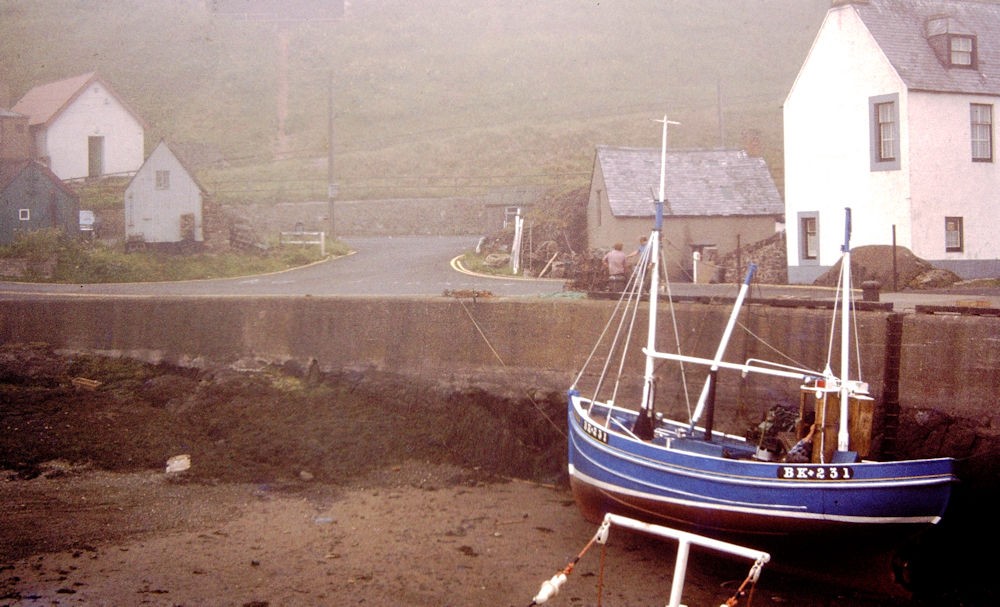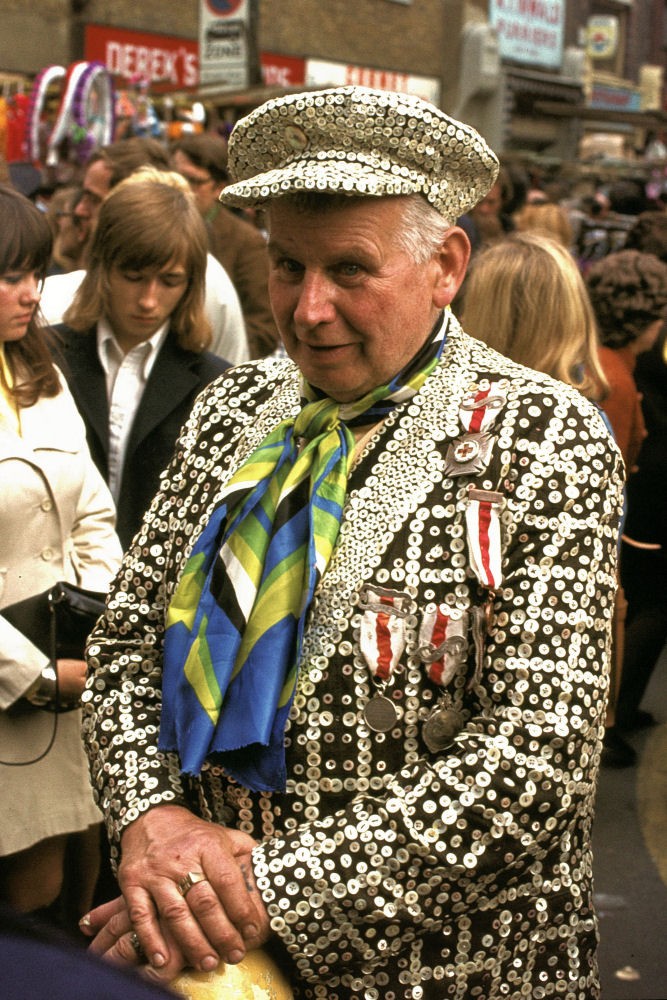According to what was written about 5 years ago on the luminous landscape and also on other serious enthusiastic photo sites, a good quality macro lens and a high-density digital sensor gives excellent results, and is better in terms of dust and scratches compared against traditional film scanners. Once we hit 24 million pixels on aps-c come up we had high-density sensors that gave incredible results--- fast!
My dedicated Minolta film scanner is from the mid-to-late 1990s and it takes about 5 minutes in total to scan one single slide. You have to clean the slide, insert it in the holder, do a pre-scan, make any needed exposure adjustments or curve adjustments , and then it takes about 1 minute to make the final scan.
Using a high-density digital camera sensor is much quicker, and according to what I have seen produces results which are far better in terms of dust and scratches than a traditional film scanner.







![[No title]](/data/xfmg/thumbnail/30/30873-79f4c5bc298110a994e9eed027728db8.jpg?1734158862)







![[No title]](/data/xfmg/thumbnail/30/30877-ef8d8a8cf110d5566382bb4e8a76fd3f.jpg?1734158872)
